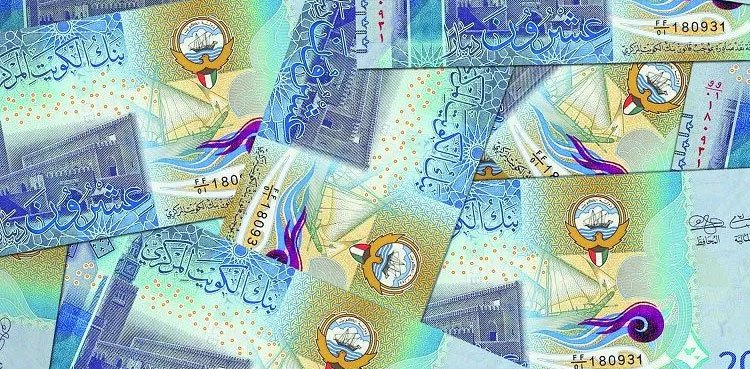
Kuwait City/Karachi, 11 June 2025 – The Kuwaiti Dinar (KWD) has moved steadily higher against the Pakistani Rupee (PKR) today, reaching 922.06 PKR from yesterday’s 919.67 PKR and last week’s 913.99 PKR, foreign exchange reports indicate. This consistent increase reflects the strength of Kuwait’s economy and has strong trade and remittance implications between the two countries.
Valuation Process of KWD Against PKR
The exchange rate between the Kuwaiti Dinar and Pakistani Rupee is determined by market dynamics in the foreign exchange market, driven by supply and demand. The KWD, one of the world’s strongest currencies, is loosely pegged to a basket of currencies, including the US Dollar, which provides stability anchored by Kuwait’s vast oil wealth and substantial foreign exchange reserves. The PKR, managed under a floating exchange rate system by the State Bank of Pakistan, is more volatile, influenced by factors such as inflation, trade deficits, and foreign debt obligations. The recent rise in the KWD/PKR rate reflects Kuwait’s robust economic indicators, including high oil prices and fiscal surpluses, contrasted with Pakistan’s economic challenges, such as a 30-day PKR high of 923.45 and low of 912.10 against the USD, contributing to the Dinar’s relative strength.
Impact on Trade and Remittances
The rising KWD/PKR exchange rate significantly impacts Pakistan’s economy, particularly through remittances from over 200,000 Pakistani expatriates in Kuwait. With the Dinar’s value, remittances—estimated at $1.8 billion annually from Kuwait—have become more valuable in PKR terms, bolstering Pakistan’s foreign exchange reserves and supporting household incomes. However, the stronger Dinar increases the cost of Kuwaiti exports, such as petroleum products, for Pakistani businesses reliant on imports, potentially raising domestic prices. For Pakistani workers in Kuwait, the higher exchange rate enhances their earning potential in PKR, but it also underscores the growing economic disparity between the two currencies, impacting their purchasing power.
Kuwait’s Economic Strength
Kuwait’s economic policies, underpinned by its position as a leading oil exporter, drive the Dinar’s strength. The country’s substantial oil revenues, coupled with prudent fiscal management and a sovereign wealth fund valued at over $800 billion, ensure currency stability. High global oil demand, stable governance, and investments in infrastructure and diversification into finance and logistics further strengthen the KWD. In contrast, Pakistan faces economic pressures, including inflation rates and reliance on international loans, which weaken the PKR, amplifying the KWD’s gains in the KWD has gained in value against the PKR, illustrating its economic resilience.
Currency Rates in Pakistan Today
Introduction to KWD and PKR
The Kuwaiti Dinar (KWD), which was established in 1961, is the official currency of Kuwait, divided into 1,000 fils and represented as KWD. It is issued by the Central Bank of Kuwait and ranks among the highest-valued currencies in the world, indicative of Kuwait’s oil-based economy and sound fiscal policies. The Pakistani Rupee (PKR), which has been in circulation since 1947, is the official currency of Pakistan, controlled by the State Bank of Pakistan. Traded under a managed float, the PKR is vulnerable to domestic economic imperatives as well as international market forces and is thus more volatile than the strong KWD.




